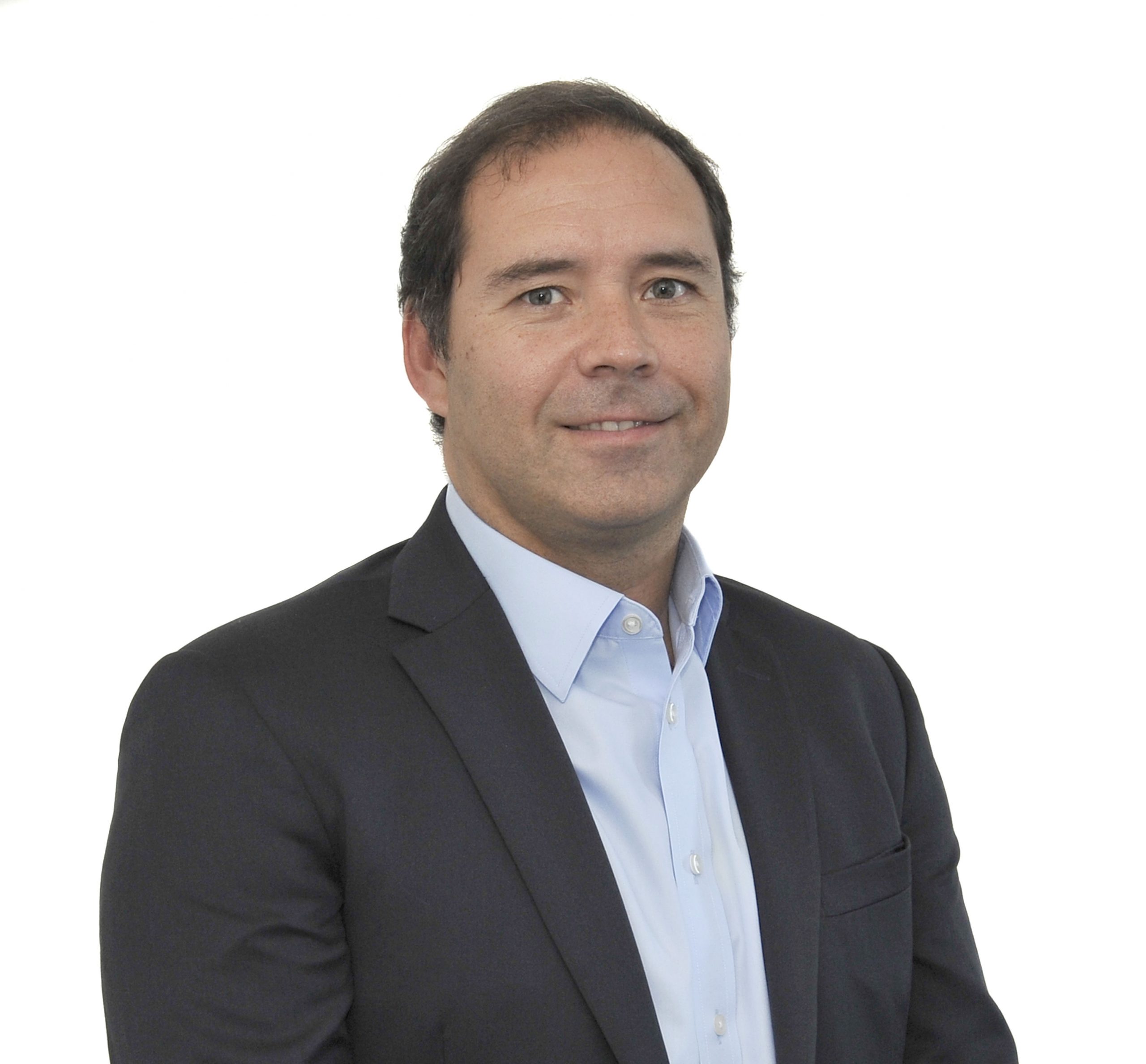Preqin predicts that the alternatives industry will hold 17.16 trillion dollars by the end of 2025, wich means a Compound Annual Growth Rate (CAGR) of 9.8% and an overall 60% increase.
In its research series Future of Alternatives 2025, the firm points out that private equity and private debt will be the biggest drivers of growth, respectively increasing their assets by 16% and 11% annually. In that sense, private equity will be the fastest-growing asset, coming to account for around half of the total alternatives industry by the end of 2025, increasing up to 9.11 trillion dollars. Meanwhile, private debt will go from 848 billion dollars at the end of 2020 to 1.46 trillion.
Other asset classes are predicted to see slower growth, but all are set to expand in size over the next five years. For example, real estate assets will grow from 1.05 trillion dollars to 1.24, while hedge funds will increase from 3.58 trillion dollars to 4.28 in the same period.
Regionally, Preqin reveals that Asia-Pacific will be a key driver of global growth: with assets under management focused on the region increasing by a CAGR of 25%, they are set to hit almost 5 trillion dollars by the end of 2025. That said, North America will still hold half of total global alternatives and in five years it will have 8.6 trillion dollars in assets.
“Private markets are a core part of the investment landscape, and have seen an incredible rate of growth in size and influence in recent years. The fundamentals are strong: alternatives funds keep offering investors strong, uncorrelated long-term returns, even through the sustained low-interest rate environment and volatile market cycles of recent years”, says David Lowery, Head of Research Insights at Preqin.
Investors in turn have been committing more and more capital to alternatives, and, in his view, this is unlikely to slow in the coming years. “In fact, our model shows that growth will continue, buoyed by an uptick in private equity activity and booming participation in Asia-Pacific. It’s a very exciting time to be a part of the industry”, he concluded.



 For Fórmate a Fondo
For Fórmate a Fondo
